**This month’s Bonus Goody is brought to you courtesy of frequent OPB guest writer, Joshua Walls!**
With June marking the beginning of Pride Month (which celebrates the LGBTQ+ community), young readers may witness the celebrations around them and ask questions. What better way to answer their questions than through the world of picture nooks covering this topic?
Below is a collection of LGBTQ+ focused picture books that caught my attention as someone who is a part of this community. If you’ve got a favorite that wasn’t included, please share it with us in the comments section. Happy reading!
And Tango Makes Three by Justin Richardson and Peter Parnell, illustrated by Henry Cole (June 2015)
From Goodreads: “In the zoo there are all kinds of animal families. But Tango’s family is not like any of the others. This illustrated children’s book fictionalizes the true story of two male penguins who became partners and raised a penguin chick in the Central Park Zoo.”
Pages: 36
Reading Age: 2–5
Bunnybear by Andrea J. Loney, illustrated by Carmen Saldana (August 2018)
From Goodreads: “Although Bunnybear was born a bear, he feels more like a bunny. He prefers bouncing in the thicket to tramping in the forest, and in his heart he’s fluffy and tiny, like a rabbit, instead of burly and loud, like a bear. The other bears don’t understand him, and neither do the bunnies. Will Bunnybear ever find a friend who likes him just the way he is?”
Pages: 32
Reading Age: 5–8
A Family is a Family is a Family by Sara O’Leary, illustrated by Qin Leng (September 2016)
From Goodreads: “When a teacher asks the children in her class to think about what makes their families special, the answers are all different in many ways — but the same in the one way that matters most of all.
One child is worried that her family is just too different to explain, but listens as her classmates talk about what makes their families special. One is raised by a grandmother, and another has two dads. One is full of stepsiblings, and another has a new baby.
As one by one, her classmates describe who they live with and who loves them — family of every shape, size and every kind of relation — the child realizes that as long as her family is full of caring people, her family is special.
A warm and whimsical look at many types of families written by award-winning author Sara O’Leary, A Family is a Family is a Family springs to life with quirky and sweet illustrations by Qin Leng.”
Pages: 32
Reading Age: 4–7
Introducing Teddy: A Gentle Story About Gender and Friendship by Jessica Walton, illustrated by Dougal MacPherson (May 2016)
From Goodreads: “One sunny day, Errol finds that Thomas the Teddy is sad, and Errol can’t figure out why. Then Thomas the Teddy finally tells Errol what Teddy has been afraid to say: ‘In my heart, I’ve always known that I’m a girl Teddy, not a boy Teddy. I wish my name was Tilly.’ And Errol says, ‘I don’t care if you’re a girl teddy or a boy teddy! What matters is that you are my friend.’”
Pages: 32
Reading Age: 3–6
Jerome By Heart by Thomas Scotto, illustrated by Olivier Tallec (April 2018)
From Goodreads: “This story follows a little boy named Raphael, whose daily rhythm is steeped in his immense affection for his friend Jerome. The two boys share jokes and snacks and plan future adventures to the Himalayas. Even when Raphael’s constant talk of Jerome is driving his parents crazy, he remains steadfast: “Raphael loves Jerome. I say it. It’s easy.” And the truth is, when he’s with Jerome, Raphael feels happy, liked, and understood― even special. Thomas Scotto’s simple, strong, and insightful prose and Olivier Tallec’s delightful, expressive illustrations give much emotion and immediacy to the story.”
Pages: 32
Reading Age: 6–8
Julián Is a Mermaid by Jessica Love (August 2018)
From Goodreads: “While riding the subway home from the pool with his abuela one day, Julián notices three women spectacularly dressed up. Their hair billows in brilliant hues, their dresses end in fishtails, and their joy fills the train car. When Julián gets home, daydreaming of the magic he’s seen, all he can think about is dressing up just like the ladies in his own fabulous mermaid costume: a periwinkle curtain for his tail, the fronds of a potted fern for his headdress. But what will Abuela think about the mess he makes—and even more importantly, what will she think about how Julián sees himself? Mesmerizing and full of heart, Jessica Love’s author-illustrator debut is a jubilant picture of self-love and a radiant celebration of individuality.”
Pages: 40
Reading Age: 4–8
My Footprints by Bao Phi, illustrated by Basia Trans (September 2019)
From Goodreads: “Every child feels different in some way, but Thuy feels “double different.” She is Vietnamese American and she has two moms. Thuy walks home one winter afternoon, angry and lonely after a bully’s taunts. Then a bird catches her attention and sets Thuy on an imaginary exploration. What if she could fly away like a bird? What if she could sprint like a deer, or roar like a bear? Mimicking the footprints of each creature in the snow, she makes her way home to the arms of her moms. Together, the three of them imagine beautiful and powerful creatures who always have courage–just like Thuy.”
Pages: 32
Reading Age: 6–8
Papa, Daddy, and Riley by Seamus Kirst, illustrated by Devon Holzwarth (May 2020)
From Goodreads: “Riley is Papa’s princess and Daddy’s dragon. She loves her two fathers! When Riley’s classmate asks her which dad is her real one, Riley is confused. She doesn’t want to have to pick one or the other.
Families are made of love in this heartwarming story that shows there are lots of ways to be part of one.”
Pages: 32
Reading Age: 4–8
Peanut Goes for the Gold by Jonathan Van Ness, illustrated by Gillian Reid (March 2020)
From Goodreads: “Jonathan Van Ness, the star of Netflix’s hit show Queer Eye, brings his signature humor and positivity to his empowering first picture book, inspiring readers of all ages to love being exactly who they are.
Peanut Goes for the Gold is a charming, funny, and heartfelt picture book that follows the adventures of Peanut, a gender nonbinary guinea pig who does everything with their own personal flare.
Peanut just has their own unique way of doing things. Whether it’s cartwheeling during basketball practice or cutting their own hair, this little guinea pig puts their own special twist on life. So when Peanut decides to be a rhythmic gymnast, they come up with a routine that they know is absolutely perfect, because it is absolutely, one hundred percent Peanut.
This upbeat and hilarious picture book, inspired by Jonathan’s own childhood guinea pig, encourages children to not just be themselves―but to boldly and unapologetically love being themselves.
Jonathan Van Ness brings his signature message of warmth, positivity, and self-love to this boldly original picture book that celebrates the joys of being true to yourself and the magic that comes from following your dreams.”
Pages: 32
Reading Age: 4–8
Pink Is for Boys by Robb Pearlman, illustrated by Eda Kaban (June 5, 2018)
From Goodreads: “Pink is for boys … and girls … and everyone! This timely and beautiful picture book rethinks and reframes the stereotypical blue/pink gender binary and empowers kids-and their grown-ups-to express themselves in every color of the rainbow. Featuring a diverse group of relatable characters, Pink Is for Boys invites and encourages girls and boys to enjoy what they love to do, whether it’s racing cars and playing baseball, or loving unicorns and dressing up. Vibrant illustrations help children learn and identify the myriad colors that surround them every day, from the orange of a popsicle, to the green of a grassy field, all the way up to the wonder of a multicolored rainbow.
Parents and kids will delight in Robb Pearlman’s sweet, simple script, as well as its powerful message: life is not color-coded.”
Pages: 40
Reading Age: 4–8
Pride: The Story of Harvey Milk and the Rainbow Flag by Rob Sanders, illustrated by Steven Salerno (April 2018)
From Goodreads: “The very first picture book about the remarkable and inspiring story of the Gay Pride Flag!
In this deeply moving and empowering true story, young readers will trace the life of the Gay Pride Flag, from its beginnings in 1978 with social activist Harvey Milk and designer Gilbert Baker to its spanning of the globe and its role in today’s world. Award-winning author Rob Sanders’s stirring text, and acclaimed illustrator Steven Salerno’s evocative images, combine to tell this remarkable—and undertold—story. A story of love, hope, equality, and pride.”
Pages: 48
Reading Age: 5–8
Pride Puppy! by Robin Stevenson, illustrated by Julie McLaughlin (May 2021)
From Goodreads: “A young child and their family are having a wonderful time together celebrating Pride Day–meeting up with Grandma, making new friends and eating ice cream. But then something terrible happens: their dog gets lost in the parade! Luckily, there are lots of people around to help reunite the pup with his family.
This rhyming alphabet book tells a lively story, with rich, colorful illustrations that will have readers poring over every detail as they spot items starting with each of the letters of the alphabet. An affirming and inclusive book that offers a joyful glimpse of a Pride parade and the vibrant community that celebrates this day each year.”
Pages: 32
Reading Age: 3–5
Sparkle Boy by Lesléa Newman, illustrated by Maria Mola (June 2017)
From Goodreads: “Casey loves to play with his blocks, puzzles, and dump truck, but he also loves things that sparkle, shimmer, and glitter. When his older sister, Jessie, shows off her new shimmery skirt, Casey wants to wear a shimmery skirt too. When Jessie comes home from a party with glittery nails, Casey wants glittery nails too. And when Abuelita visits wearing an armful of sparkly bracelets, Casey gets one to wear, just like Jessie. The adults in Casey’s life embrace his interests, but Jessie isn’t so sure. Boys aren’t supposed to wear sparkly, shimmery, glittery things. Then, when older boys at the library tease Casey for wearing ‑girl- things, Jessie realizes that Casey has the right to be himself and wear whatever he wants. Why can’t both she and Casey love all things shimmery, glittery, and sparkly? Here is a sweet, heartwarming story about acceptance, respect, and the freedom to be yourself in a world where any gender expression should be celebrated. Sparkly things are for everyone to enjoy!”
Pages: 32
Reading Age: 5–8
Stella Brings the Family by Miriam B. Schiffer, illustrated by Holly Clifton-Brown (May 2015)
From Goodreads: “Stella’s class is having a Mother’s Day celebration, but what’s a girl with two daddies to do? It’s not that she doesn’t have someone who helps her with her homework, or tucks her in at night. Stella has her Papa and Daddy who take care of her, and a whole gaggle of other loved ones who make her feel special and supported every day. She just doesn’t have a mom to invite to the party. Fortunately, Stella finds a unique solution to her party problem in this sweet story about love, acceptance, and the true meaning of family.”
Pages: 36
Reading Age: 5–8
Two Grooms on a Cake by Rob Sanders, illustrated by Robbie Cathro (May 2021)
From Goodreads: “This is the story of Jack Baker and Michael McConnell and their inspiring story becoming the first married gay couple in the US fifty years ago.
Long before marriage equality was the law of the land, two grooms stood on a wedding cake with their feet firmly planted in fluffy white frosting. That cake belonged to Jack Baker and Michael McConnell, who were wed on September 3, 1971, becoming the first same-sex couple in America to be legally married. Their struggle to obtain a marriage license in Minnesota and their subsequent appeals to the Minnesota Supreme Court and the Supreme Court of the United States is an under-told story of LGBT history. This beautiful book celebrates the love story of two pioneers of marriage equality for all through the baking of their wedding cake!”
Pages: 40
Reading Age: 6–9
Worm Loves Worm by J.J. Austrian, illustrated by Mike Curato (January 2016)
From Goodreads: “Perfect for fans of And Tango Makes Three and The Sissy Duckling, this irresistible picture book is a celebration of love in all its splendid forms from debut author J. J. Austrian and the acclaimed author-illustrator of Little Elliot, Big City, Mike Curato.
You are cordially invited to celebrate the wedding of a worm … and a worm.
When a worm meets a special worm and they fall in love, you know what happens next: They get married! But their friends want to know—who will wear the dress? And who will wear the tux?
The answer is: It doesn’t matter. Because Worm loves Worm.”
Pages: 32
Reading Age: 4–8
 Joshua Walls is a children’s author and travel writer who isn’t afraid to fuse, challenge, or deconstruct genres in the pursuit of creating compelling stories. Currently, he lives in Sarasota, FL where he’s pursuing a BFA in Creative Writing at Ringling College of Art and Design. He’s also the co-founder and co-host of the Fluff It podcast.
Joshua Walls is a children’s author and travel writer who isn’t afraid to fuse, challenge, or deconstruct genres in the pursuit of creating compelling stories. Currently, he lives in Sarasota, FL where he’s pursuing a BFA in Creative Writing at Ringling College of Art and Design. He’s also the co-founder and co-host of the Fluff It podcast.

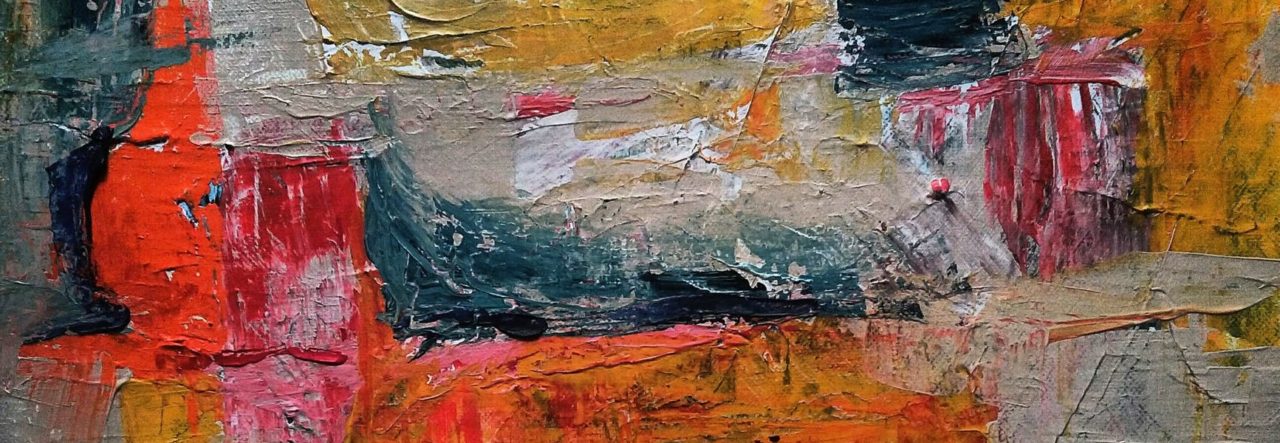
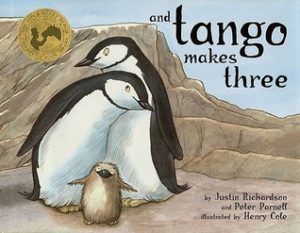
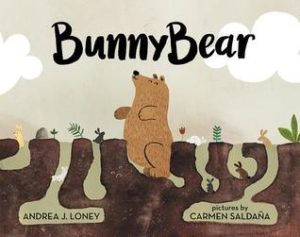
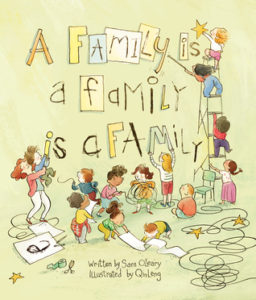
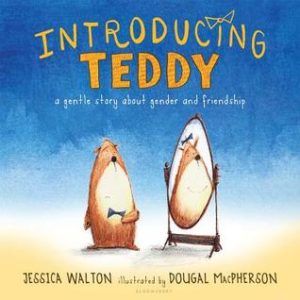
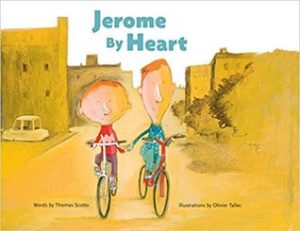
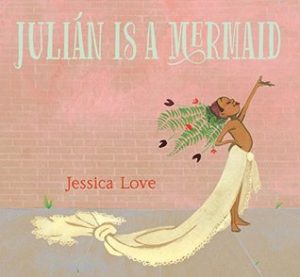
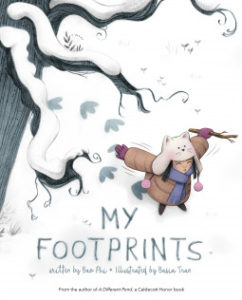
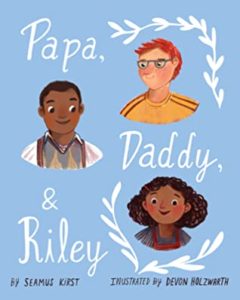
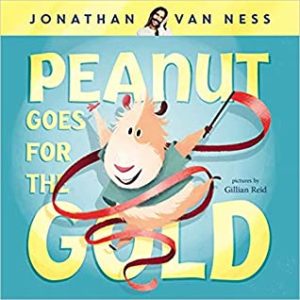
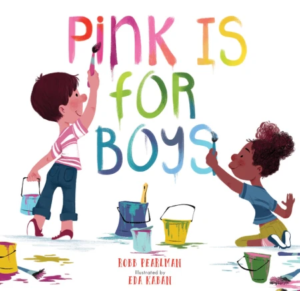
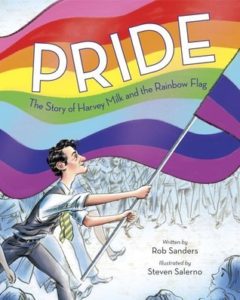
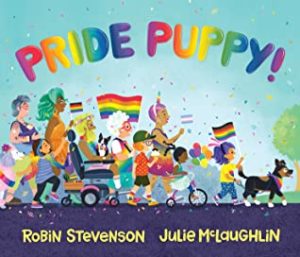
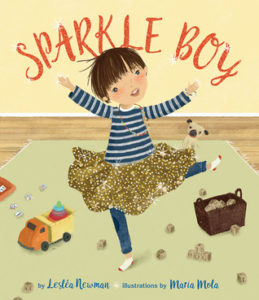
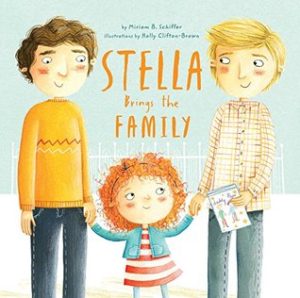
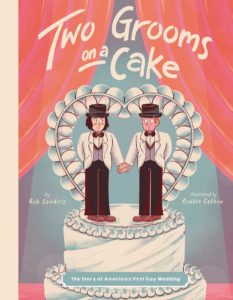
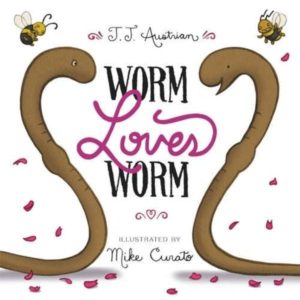
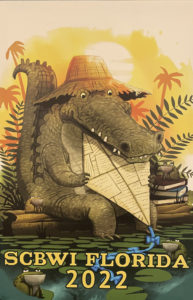 Normally, the third Monday of the month means an Industry Insider Interview, which is me doing a deep dive into the career of a single editor, agent, or other picture book industry person. But since I just got back from the rousing success that was the May 2022
Normally, the third Monday of the month means an Industry Insider Interview, which is me doing a deep dive into the career of a single editor, agent, or other picture book industry person. But since I just got back from the rousing success that was the May 2022 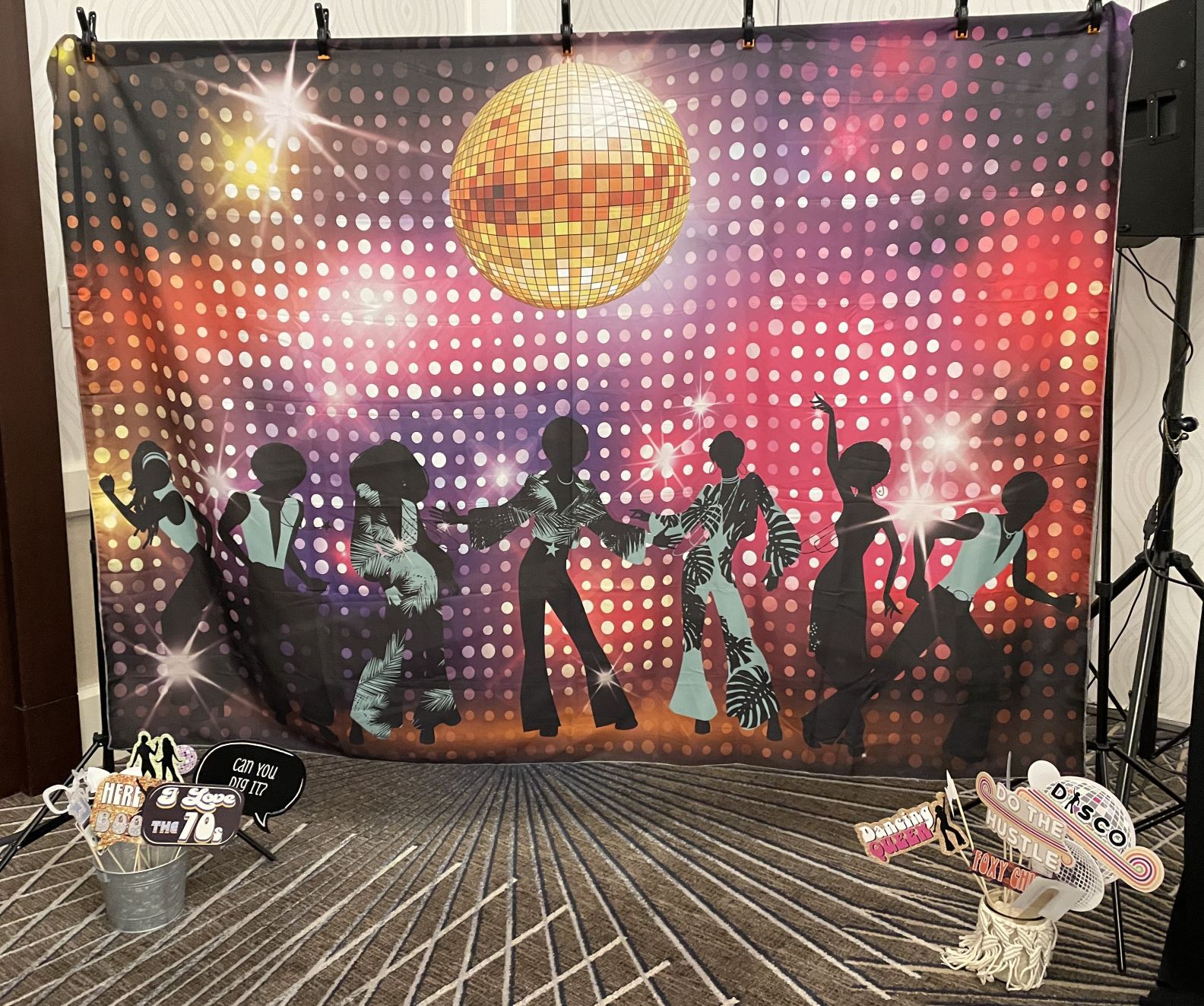
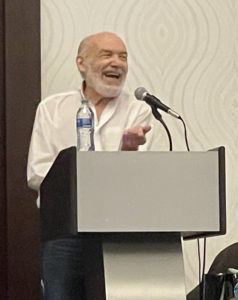
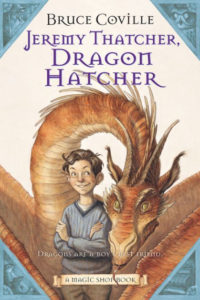
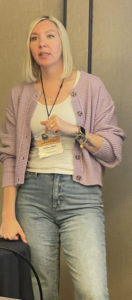
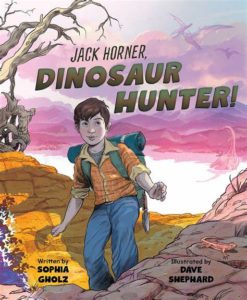
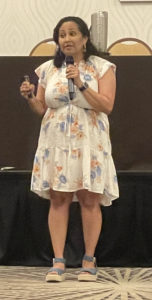
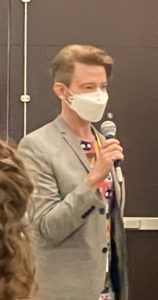
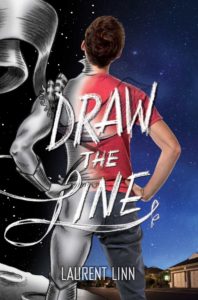
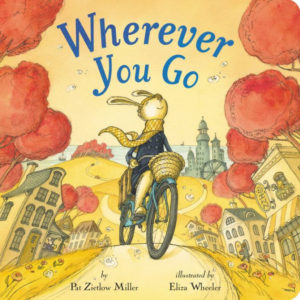
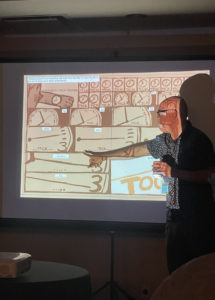
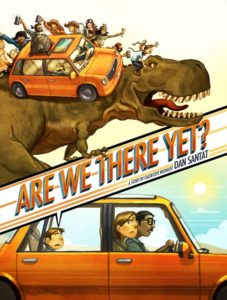
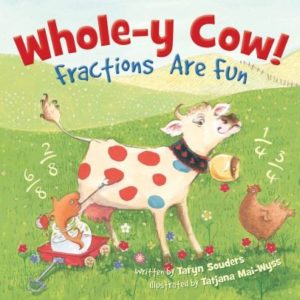
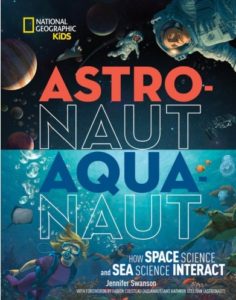
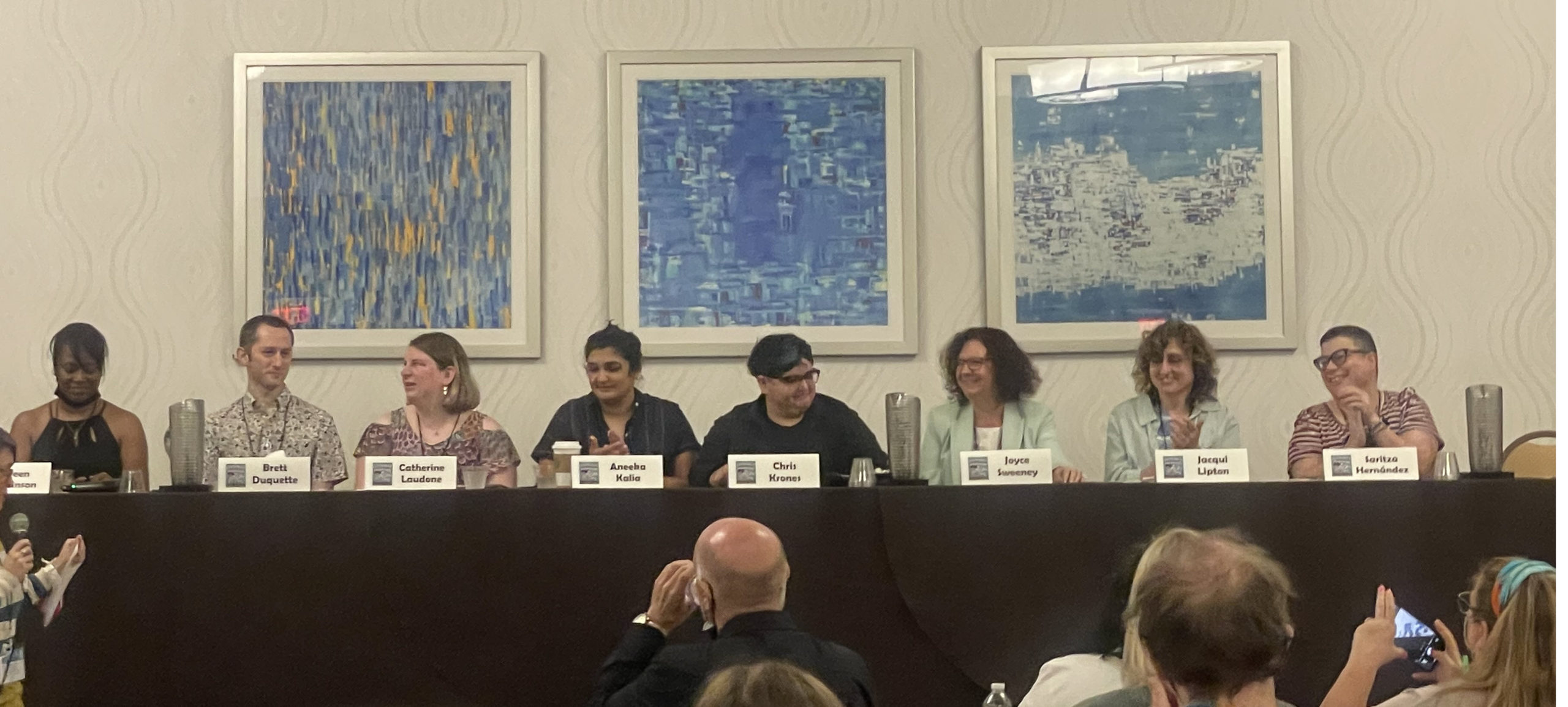
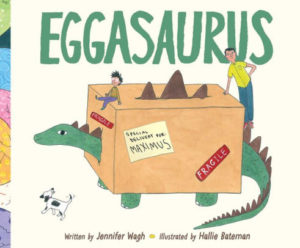
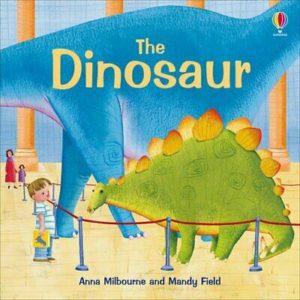
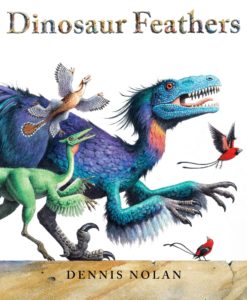

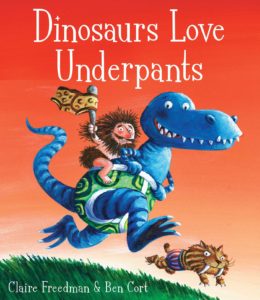
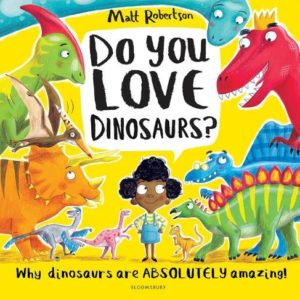
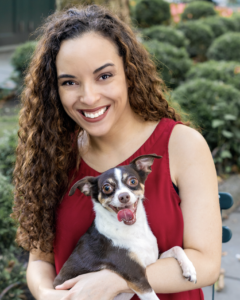 This month’s picture book author is yet another journalist—we’ve got quite a surprising streak going here! Welcome to Kaitlyn Wells, an award-winning journalist whose work has been featured in The New York Times, The Wall Street Journal, and The Washington Post, among others. Since she’s an expert on diverse literature, you can readily find her writing about that at The New York Times Book Review, BookPage, and Diverse Kids Books.
This month’s picture book author is yet another journalist—we’ve got quite a surprising streak going here! Welcome to Kaitlyn Wells, an award-winning journalist whose work has been featured in The New York Times, The Wall Street Journal, and The Washington Post, among others. Since she’s an expert on diverse literature, you can readily find her writing about that at The New York Times Book Review, BookPage, and Diverse Kids Books.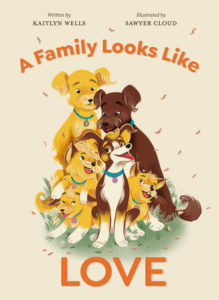
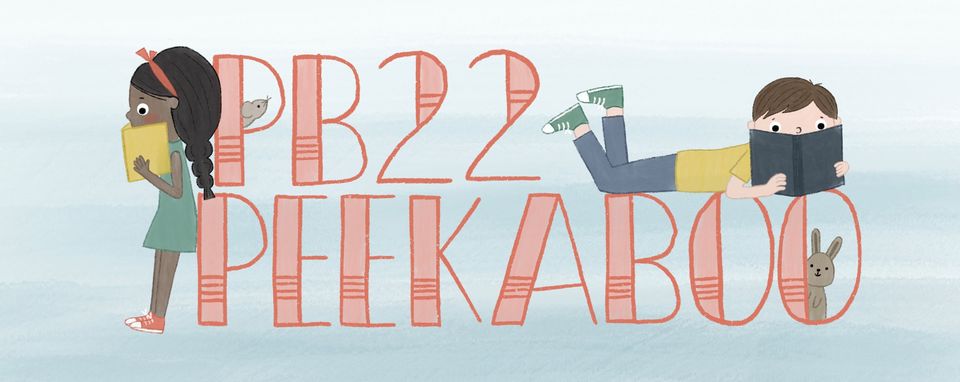
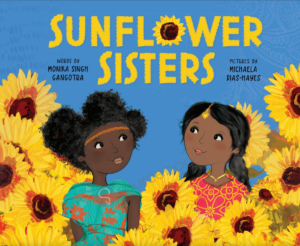
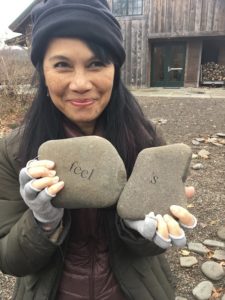 Edna Cabcabin Moran is an author/illustrator, multi-disciplined artist, educator, and advocate for youth voices and diversity in publishing. She is also a dancer with acclaimed hālau hula and dance company,
Edna Cabcabin Moran is an author/illustrator, multi-disciplined artist, educator, and advocate for youth voices and diversity in publishing. She is also a dancer with acclaimed hālau hula and dance company,